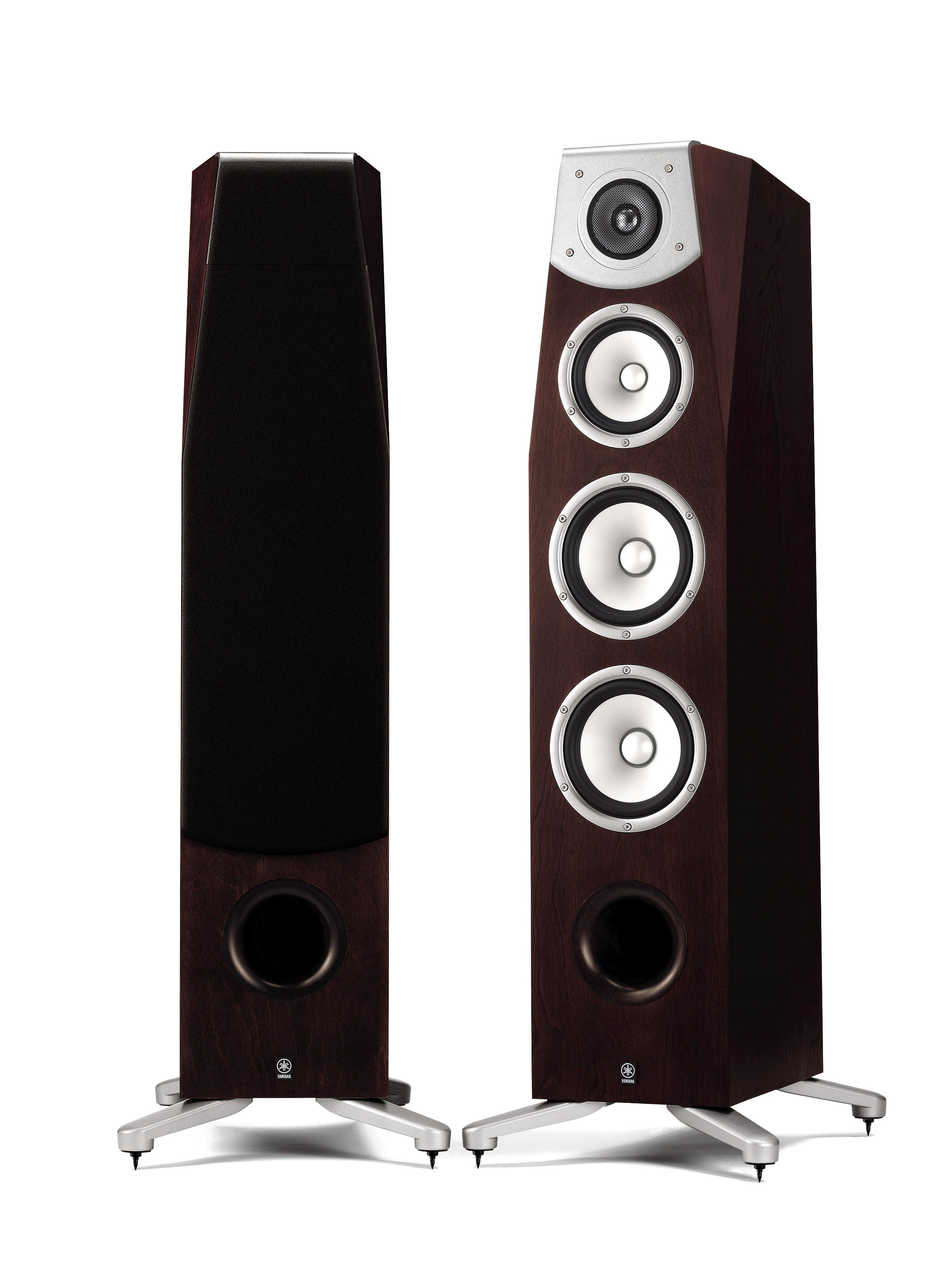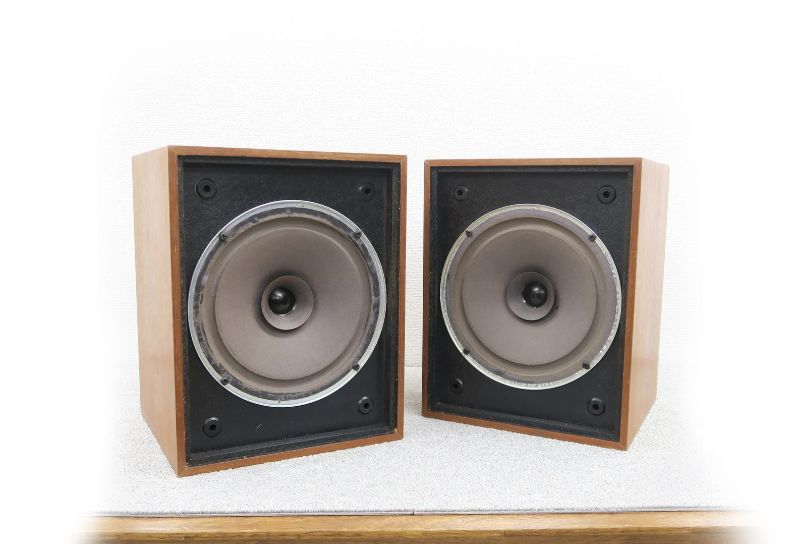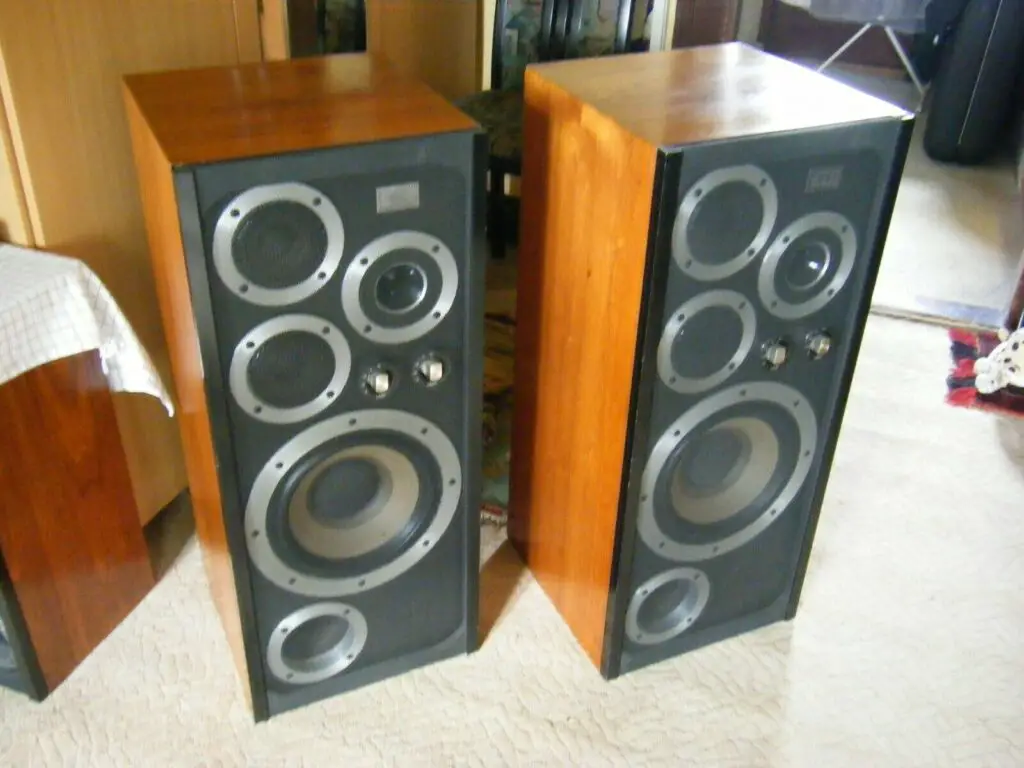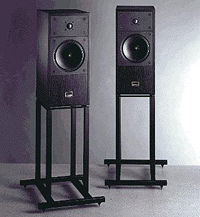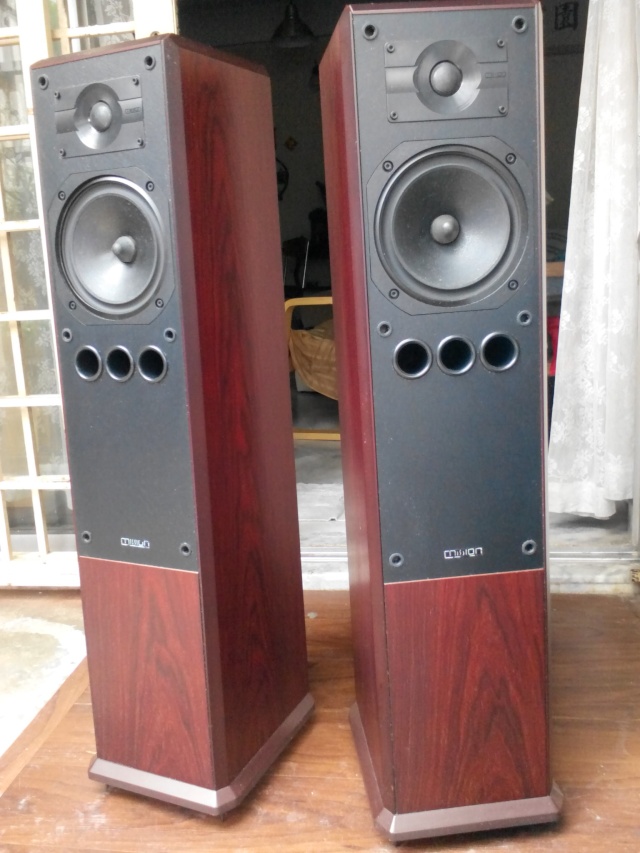Small-scale specialty producers have a lot to offer. Their products are frequently more innovative, concentrated, and tailored to the demands of a fast changing market. However, big businesses can perform just as well, if not better, in other areas. Consider the enormous engineering resources available to the large international Yamaha brand, which is responsible for everything from Lexus car wood veneer and luxury swimming pools to powerboats and high-performance motorcycles.
A Yamaha design team can access engineering resources that tiny experts couldn’t match, but it doesn’t ensure a fantastic result. At worst, it could turn out to be a severely fudged, committee-designed, lowest-common-denominator compromise, while at most, it could be an engineering marvel and a magnificent, epoch-making design in its own right.
To be honest, Yamaha has done both over the years, but the 2008 Soavo-1 was more of the latter. From the New York Museum of Modern Art to the Centre Georges Pompidou in Paris, Toshiyuki Kita has designed a slew of successful goods for German, Italian, and Japanese manufacturers. His styling for the Soavo is stunning, and the woodwork is flawless. The birch veneer cabinet (with Open-Pore finish) is made of the same material as Yamaha’s finest wood-grain pianos and is available in a variety of finishes, including dark brown birch, brown birch, natural birch, and black birch.
To reduce standing waves, the cabinets of these (£2,000 when new) loudspeakers feature non-parallel sides, and the woofer and midrange parts are internally divided by a slanted partition and reinforced with substantial, vertical ladder-type bracing. The cabinet joints’ three-way mitered construction is supposed to ensure extraordinarily tight connections, allowing the cabinet to behave as a single unit, and diecast aluminium stands give the essential solid floor contact.
The ‘Advanced Polymer infused Mica Diaphragm’ midrange cones are stated to be highly light, rigid, and sturdy, while the ‘Poly-Methyl-Pentene’ woofers are claimed to be significantly lighter than either paper or polypropylene. The tweeter is a 3cm aluminium dome with Yamaha’s ‘DC-Diaphragm,’ which is a completely integrated diaphragm/voice coil structure. The hand-carved wooden port hole is contoured for optimal ventilation, and the diecast aluminium baskets are claimed to provide robust support for maximum rigidity. A diecast aluminium tweeter plate is utilized at the top of the front baffle to isolate the tweeter from cabinet vibration. The spider is a Kurt Müller high-performance model with edgewise-wound ribbon wire voice coils.
The crossover is supposed to use only the best components, such as Solen metallized polypropylene capacitors and big hollow center coils with carefully chosen wire. Instead of using printed circuit boards, each connection is soldered individually on a thick wooden board, resulting in broader, shorter signal lines. Although the speakers are biwireable, Yamaha optimized them to be monowired, which is how they were used for this evaluation. 349x1051x487mm and 27kg each are the vital statistics.
The Soavos sound beautifully alive from the start, with outstanding tone and no quacky or honky coloring, and are quite efficient and valve-friendly at 89dB sensitivity. These are transparent in the finest sense of the word – they sound very natural. In the treble range, struck hi-hats sound fantastic, almost as crystalline and clear as the best ribbon tweeters. There’s a lovely metallic gloss to it.
At the other end of the spectrum, there’s a powerful, smooth bass that doesn’t seem out of breath in the least. The way the bass blends silently into the midband, which then dissolves invisibly into the treble, is the most rewarding of all. To put it another way, the Soavos are superbly interwoven. This was the key to these Yamahas’ success: they have a beautiful tone from top to bottom. All of the drivers have a strong sense of unity, and it’s not as if you’re listening to three speakers in one. As a result, you can change recordings and hear vastly different sounds.
The Soavo-1’s next feather in its crown is imagery, which comes after tonality and integration. The large Yamahas produce a very spacious stereo image, to the point where they almost vanish into the air when toed in gently. Switching from one recording to the next simply moves the recording studio’s walls around in the room. At high volumes, they’re unconcerned with the massive amount of air they’re moving; there’s no compression or strain, and the midband and treble are completely unaffected by what the bass drivers are doing.
The result was a highly capable loudspeaker that I could gladly live with even after extensive use with top electrostatics or large monitors. The Soavos are just outstanding in every way – they’re as musical as they get for the price, while remaining astonishingly neutral and transparent in the greatest monitor tradition. They seem to succeed at practically everything you throw at them, seemingly unconcerned by the genre of music you chose. They appear to be outstanding in all traditional hi-fi senses (imaging, dynamics, details, and so on), but they don’t sound like they were created in a lab — just the opposite, in fact, since they love to boogie. I can’t think of many other floorstanders that are as good all-around instruments.

